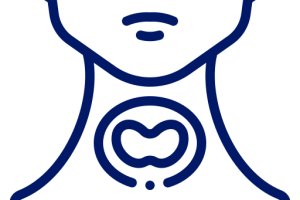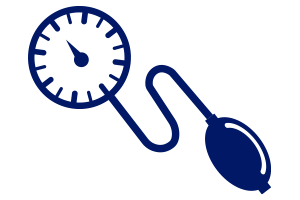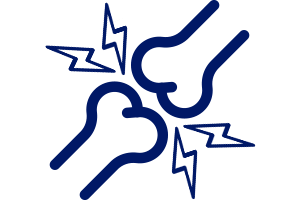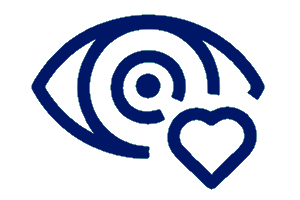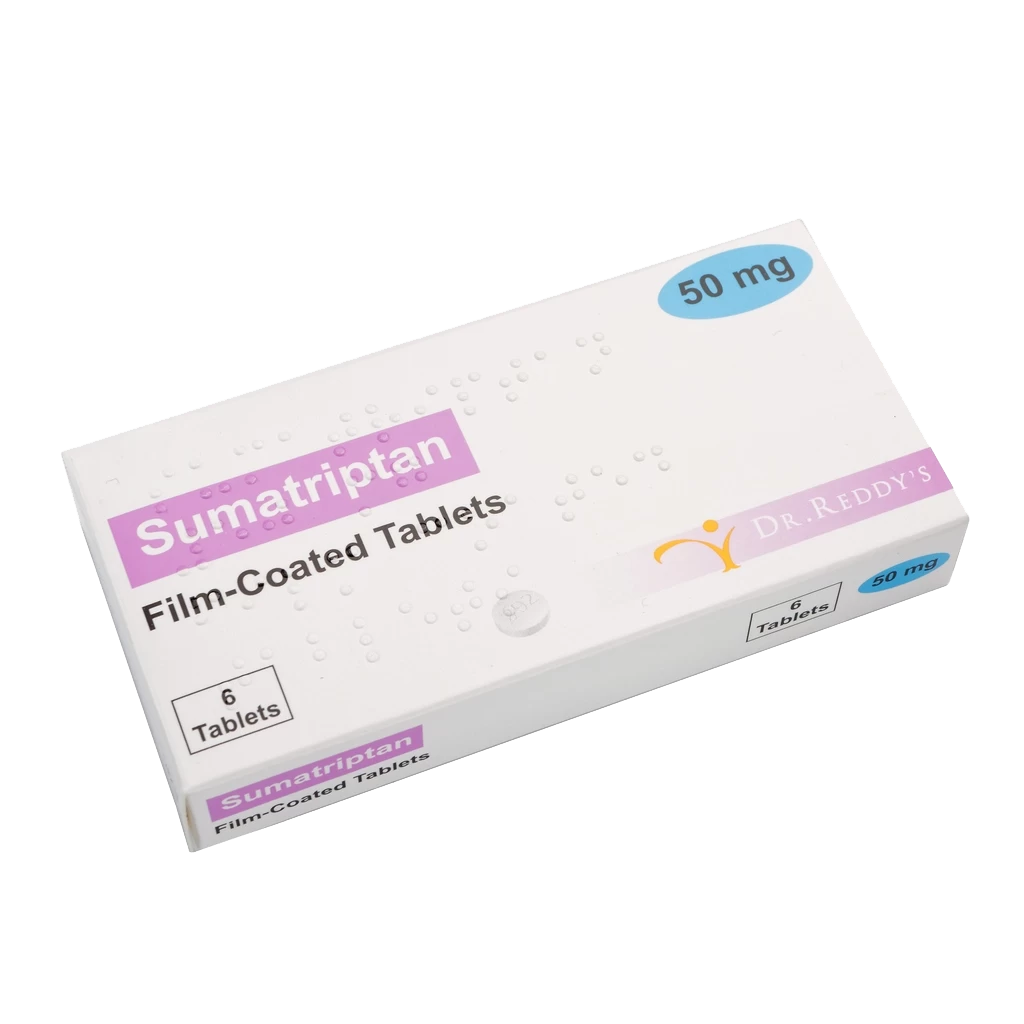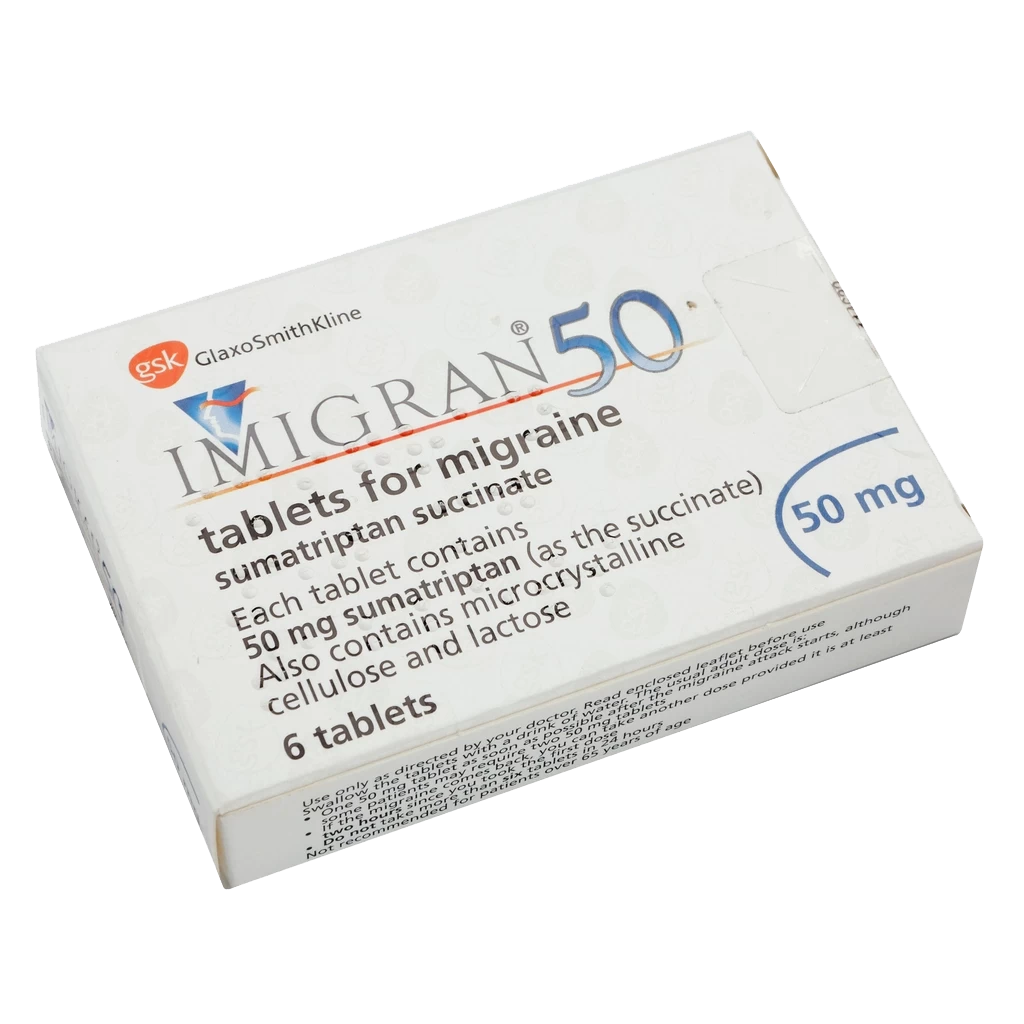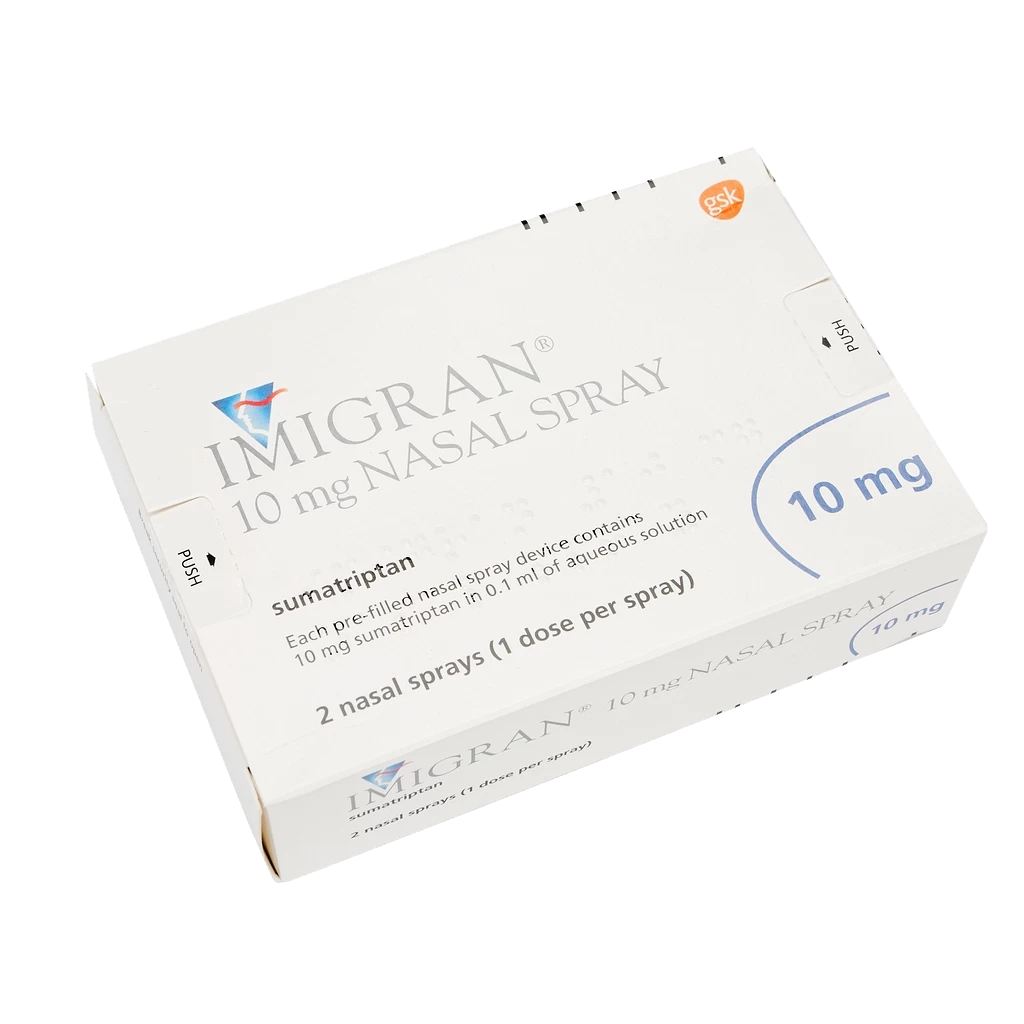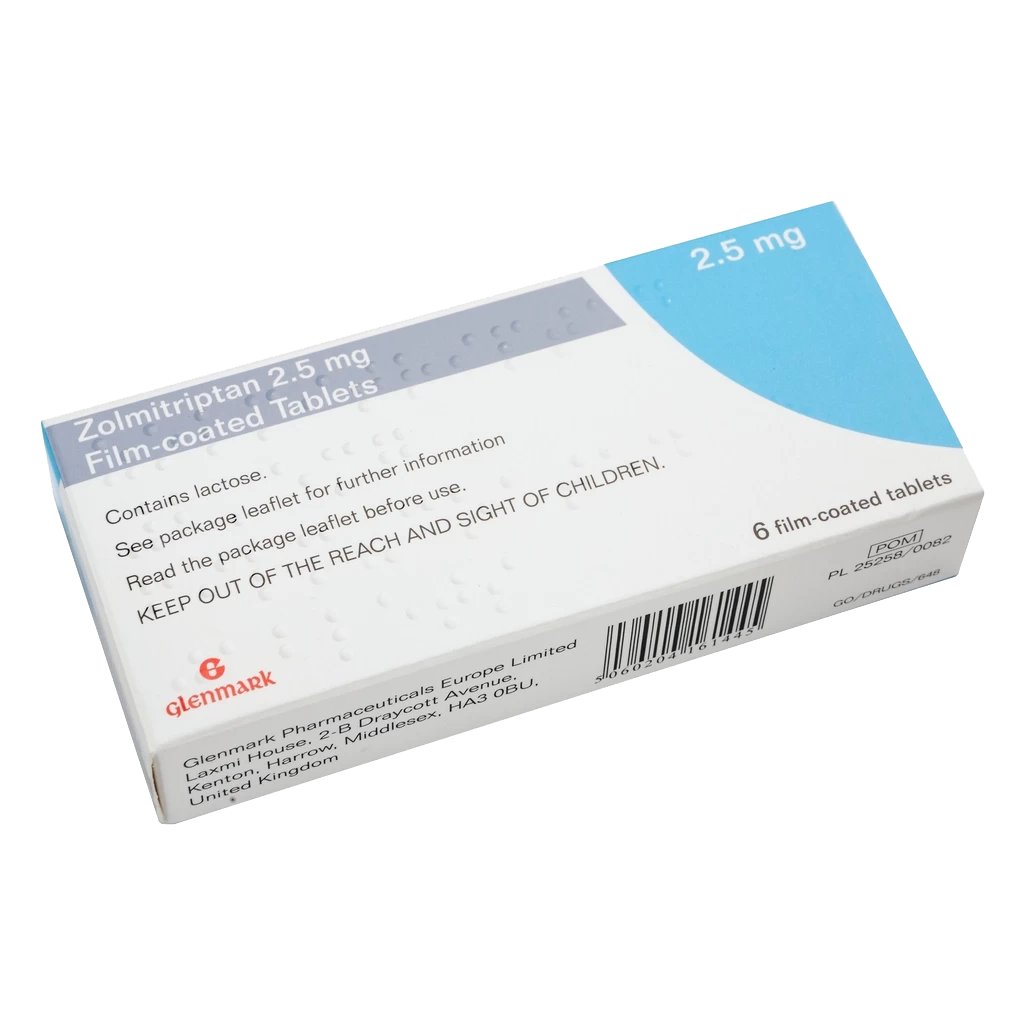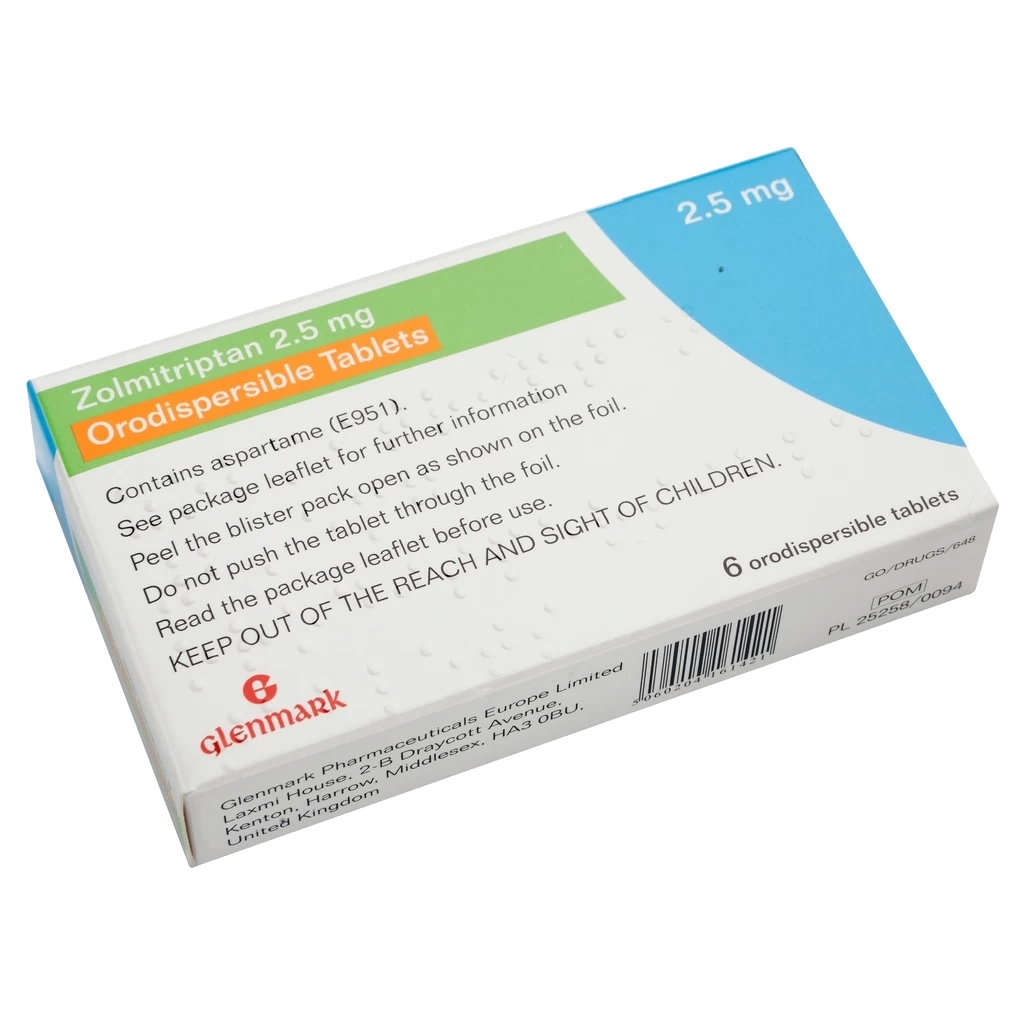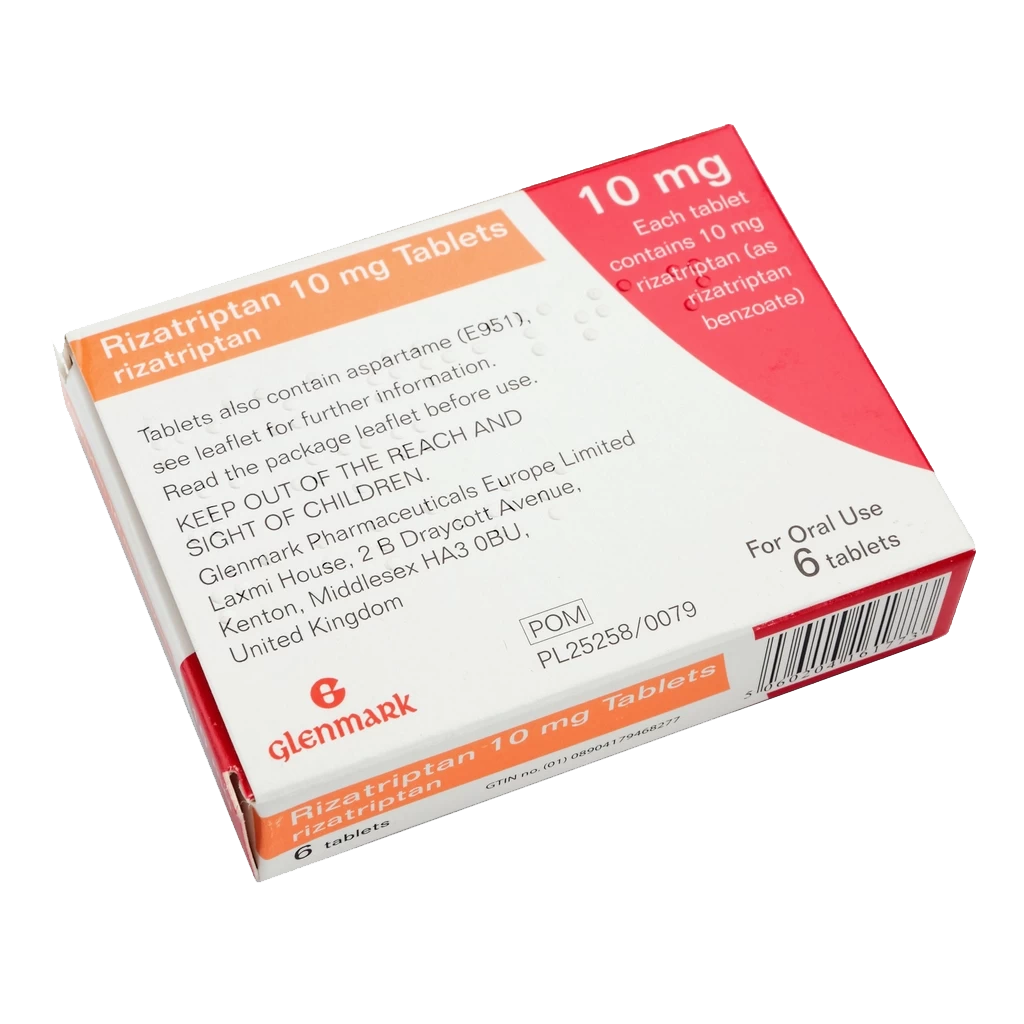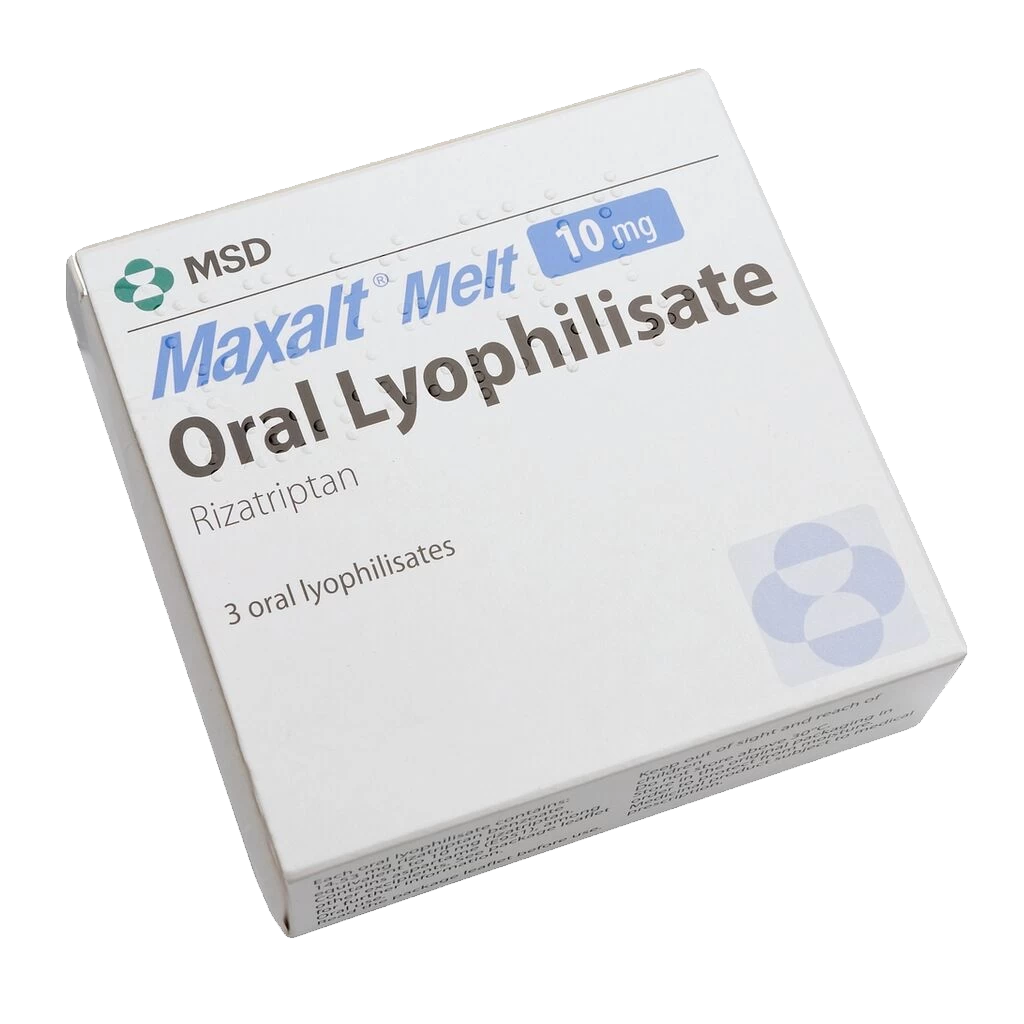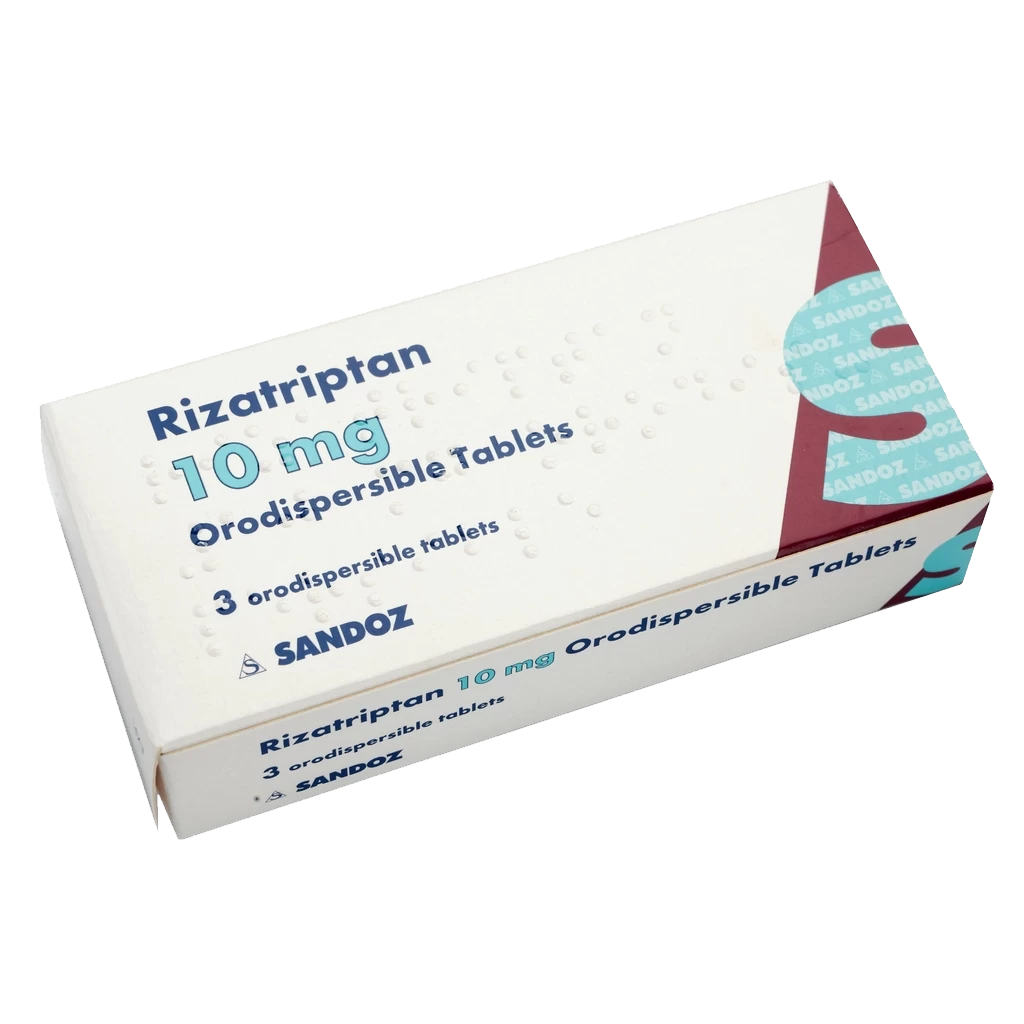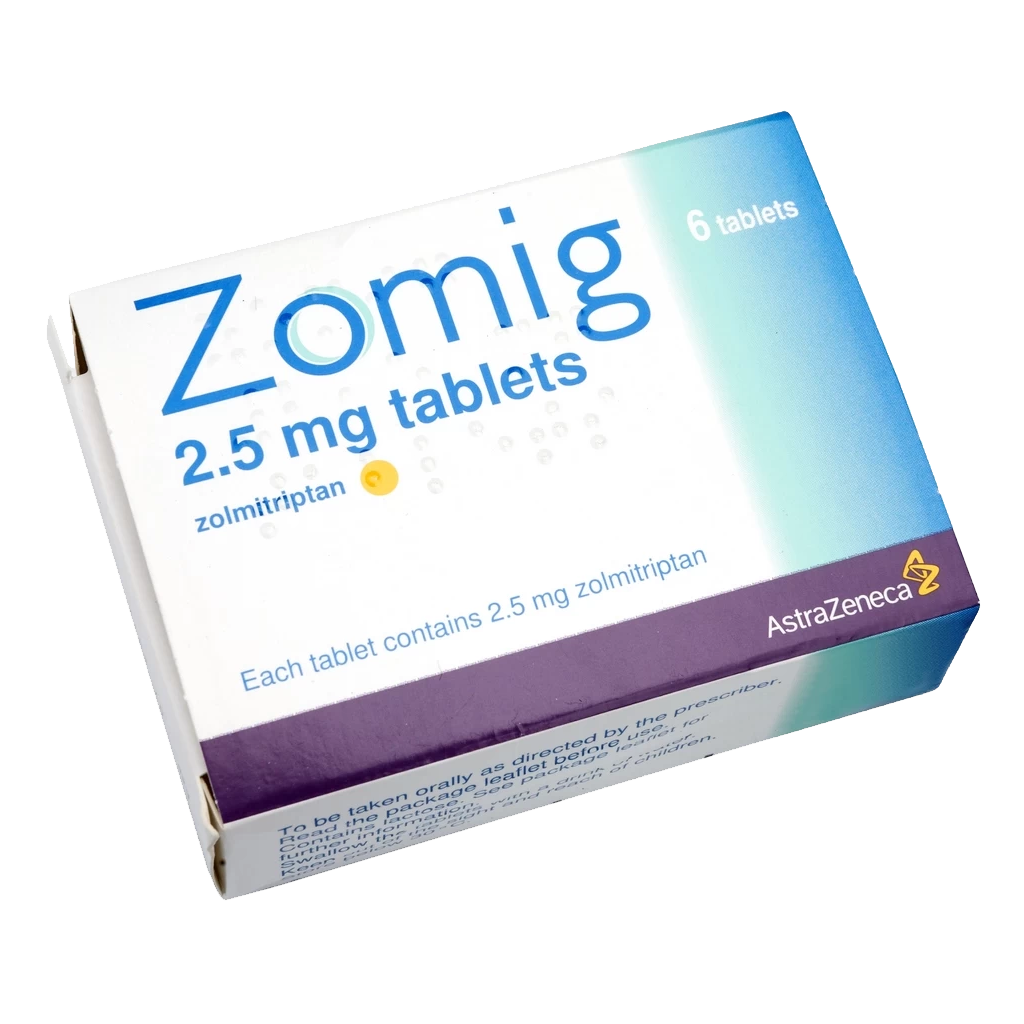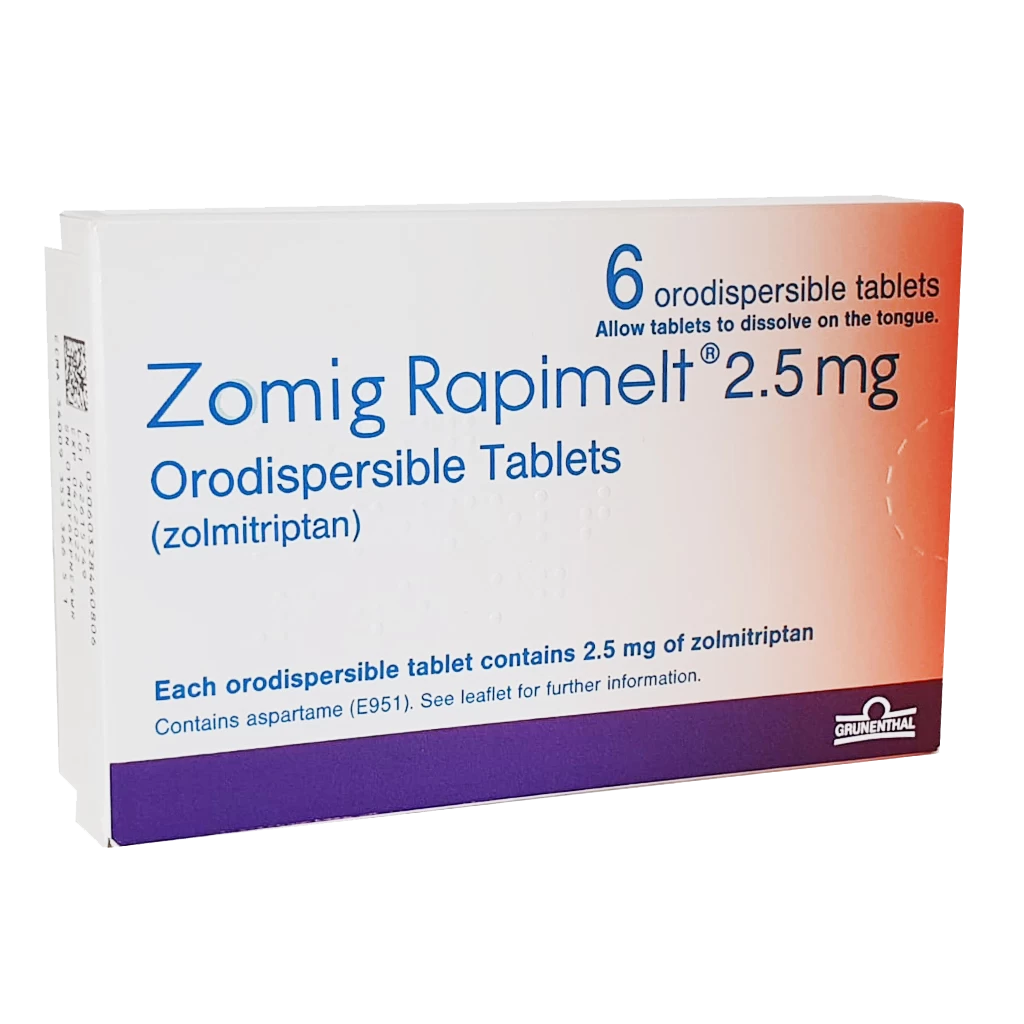What is a Migraine and what makes it different from a normal headache? A Migraine is a moderate to severe headache that is characterised by a throbbing, usually on the front or to one side of the head. This throbbing is very important as it usually the tell-tale sign that you have a migraine rather than a normal dull headache. Migraines affect up to 20% of women and 7% of men regularly. Once started, a migraine can persist for up to 72 hours and can be debilitating. Types of Migraines and Symptoms There are three main types of migraines: 1. Migraines with aura often referred to as a ‘classic migraine’. This type of migraine will cause visual disturbances, “aura” but can sometimes cause blurriness or colour disturbances. Most of the time, the “aura” comes before the headache and therefore using a triptan like Sumatriptan can prevent the headache from taking hold. Aura Symptoms can include: visual problems – seeing flashing lights, zig-zag patterns or blind spots numbness or a tingling sensation like pins and needles feeling dizzy or off balance difficulty speaking loss of consciousness 2. Migraine without aura – this is where there is no other warning, the headache is the main and first symptoms. Other symptoms may follow. 3. Migraine with aura but no development of a throbbing headache. See our 'What Type of Migrain do I Have?' blog post here. The main other symptoms associated with migraine are: nausea vomiting increased sensitivity to light and sound – which is why many people with a migraine want to rest in a quiet, dark room Occasionally patients may also experience: sweating poor concentration, feeling very hot or very cold (flushes) pain in the abdomen diarrhoea What can cause or trigger a migraine? The exact cause of migraines is still poorly understood. What is known is that whatever does trigger it causes abnormal brain activity that affects nerves and neurotransmitters in the brain, specifically serotonin (5HT). This causes blood vessels in some areas of the brain to dilate (swell). It’s this swelling that causes the pain and nausea associated with migraines. The abnormal brain activity mentioned above can be triggered by certain stimulators. The most common ones are: stress and anxiety lack of sleep or exhaustion poor posture Poor pain management of other conditions for example trapped nerves in the back Overwhelming stimulation of the senses (e.g. extreme bad smells) Foods such as red wine, strong cheese (tyramine rich) Certain medicines How long can migraines last? Migraine headaches can vary in length but the most common range is between 4 hours to 3 days (72 hours). Severity of the symptoms is why specific migraine treatments are relevant. Pain killing drugs may not be able to manage the pain alone and once they wear off, the pain from the migraine headache can return. What migraine treatments are available? Some patients respond well to taking basic over the counter painkillers such as Ibuprofen, Aspirin or paracetamol. The NSAID type painkillers can be useful as there are inflammatory components to a migraine headache. For severe migraines, or for patients that experience migraines more frequently than others, stronger 5HT-receptor agonist medicines (‘triptans’) such as Sumatriptan (Imigran) and Zolmitriptan (Zomig) are more appropriate. Unlike painkillers, triptans work to stop the root cause of the headache. They stop the process that causes dilation of the blood vessels in the brain and reverses the pain and the nausea that patients feel during an attack. In patients that suffer with particularly severe symptoms, triptan use can markedly increase their quality of life. Which migraine treatment should I choose? Each treatment has its own unique advantages and choice should be made mainly on how effective they are at treating your migraine. We recommend that you consult your GP if you are uncertain. - Cheapest Treatment – Sumatriptan and Zolmitriptan - Fastest acting – Zomig Nasal Spray and Imigran Nasal Spray and Rizatriptan / Maxalt Keep a Headache Diary Recording details of your migraine attacks can be useful for both you and those helping to treat you. A diary will help a prescriber choose a more informed treatment option for you, can help you recognise what triggers your migraines and can help assess whether a particular medicine is actually effective or not for you. What to record: when the symptoms such as headache or aura started what are all your symptoms (i.e. pins and needles, visual disturbances etc) how often they occur and how long they last where the pain is and what type of pain is it (i.e. dull, throbbing etc) what treatment option you take and whether its effective It’s very important to also record lifestyle activities when an attack occurs: what and when you eat medication and or supplements you take or have taken your sleeping pattern and how much exercise you’ve done social and work activities and their intensity women should record details of their menstrual cycle. It is often useful to note if you did anything different prior to the attack such as missing a meal or had a beer etc. The 6-8 hours before the migraine attack are particularly important to record. P.S 2019
Learn More...- Shop/Treatments
- Prescription Treatments
-
- View All Treatments

-

-
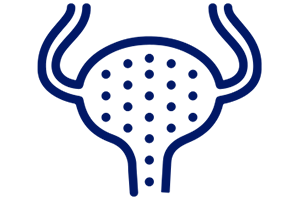
-

-
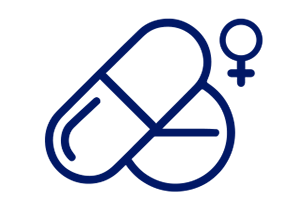
-
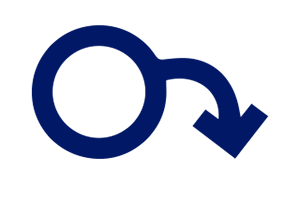
-
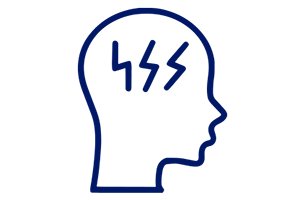
-
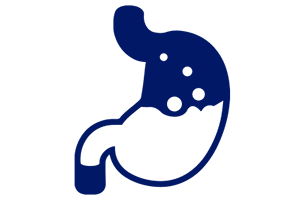
-
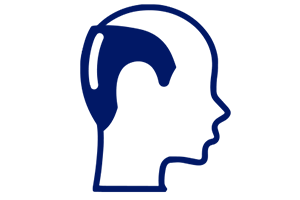
-
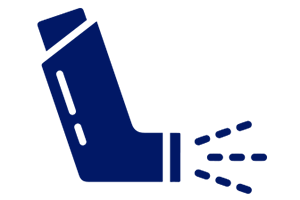
-
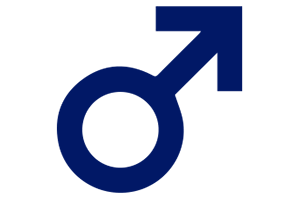
-
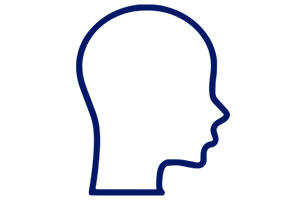
-
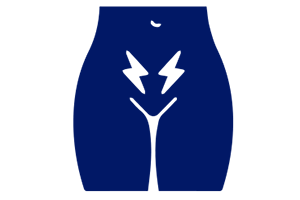
-
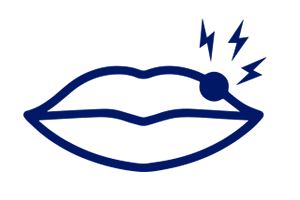
-
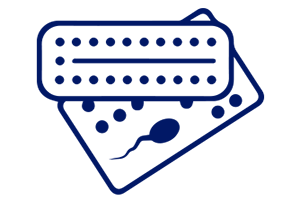
-

-
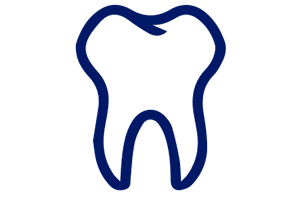
-

-
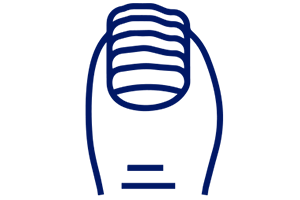
-
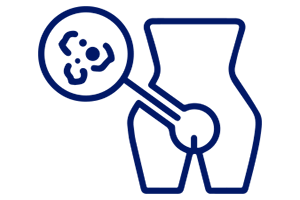
-

-

-

-
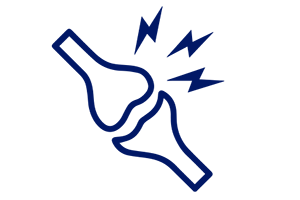
-

-

-

-
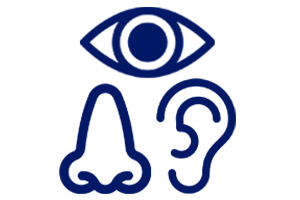
-
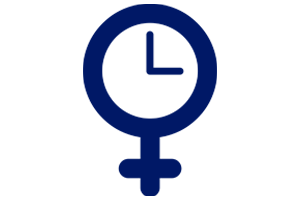
- View All Treatments

- View All Treatments
-
- Pharmacy Shop
-
- View All Treatments

-

-

-

-

-

-

-
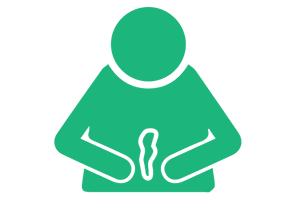
-
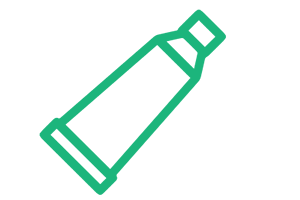
-
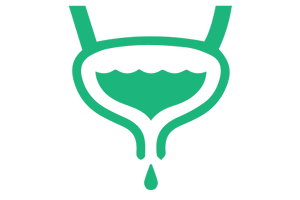
-

-
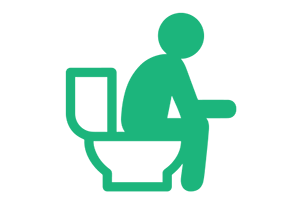
-
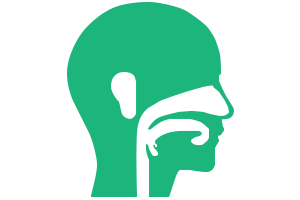
-
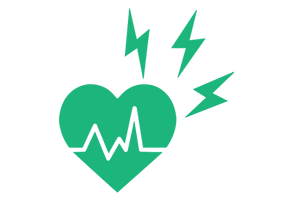
-

-

-

-

-
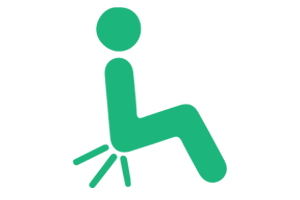
-

-

-
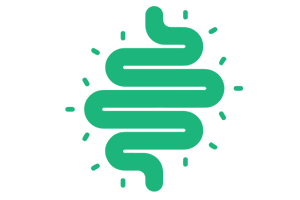
-
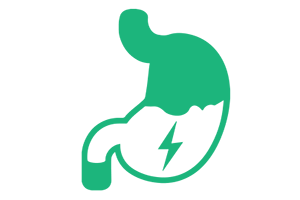
-

-

-
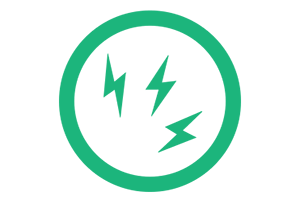
-

-

-
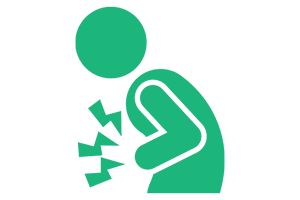
-

-
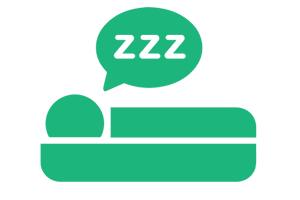
-

-
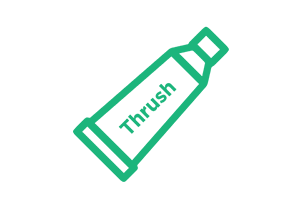
-

-

-
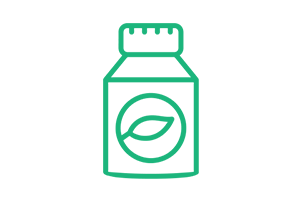
-

-

-

-

-

- View All Treatments

- View All Treatments
-
- Emergency Medications
- Premium Supplements
- Prescription Treatments

 Account
Account
